For any kind of electrical work, understanding the National Electrical Code (NEC) is a must. Whether you’re dealing with home wiring, industrial applications or anything in between — to stay on the right side of regulatory compliance and safety standards it’s essential that everyone working in an electrical field understands and abides by this code for all projects they undertake. The NEC serves as an authoritative guide for establishing reliable industry standards across multiple industries worldwide, outlining how to address risks posed by electrical installations. So if you want to ensure your project meets base-level requirements and is compliant from the start, then let’s dive into what exactly the NEC is all about!
What Is the National Electrical Code?
The NEC is updated every three years to keep up with advances in technology and changing safety requirements. It covers all aspects of electrical design, installation, inspection, testing, maintenance, and repair.
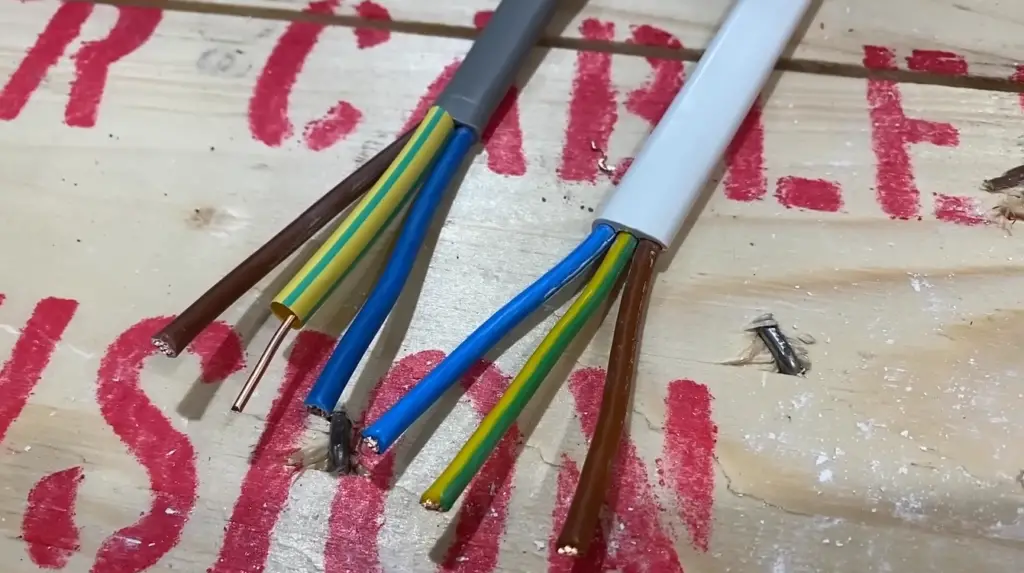
The NEC sets standards for the materials and installation of electrical systems to ensure the safety of people. This helps protect both building occupants from electrocution or electric shock, as well as protecting equipment from damage due to improper installation or use. The NEC also helps reduce the risk of fire due to faulty wiring or equipment.
The NEC is a voluntary code, meaning that electricians and contractors are not legally required to follow it in their work. However, many jurisdictions make compliance with the NEC mandatory by requiring that all electrical installations meet its standards before being approved for use by local inspectors. Failure to comply can result in fines or other penalties.
For this reason, staying up-to-date on changes to the National Electrical Code is essential for anyone working in the field of electrical installation and maintenance. Knowing and understanding the requirements of the NEC can help keep everyone safe from harm while ensuring that all systems are installed correctly and operate as intended. [1]
What Are the Benefits of Adhering to the NEC?
Adhering to the National Electrical Code (NEC) is essential for safety and legal compliance. By following this code, electrical wiring systems are installed in a safe manner that meets industry standards. The NEC provides rules about proper locations of components, clearances, and types of wire used so that wiring installations are done correctly. Some of the key benefits of adhering to the NEC include improved safety, enhanced convenience, energy savings, cost reduction, and improved productivity.
Safety is an important factor when it comes to electrical installations. When contractors work with old or outdated codes or don’t adhere to current standards they can be putting people at risk for electric shock or fire hazards. Compliance with NEC helps reduce accidental injury from shocks or faulty wiring.
Having a wiring installation that is up to code can also bring convenience and energy savings. Properly installed electrical systems are more efficient in terms of power delivery and use, reducing the amount of wasted energy and providing increased reliability. Additionally, circuitry is easier to troubleshoot when it is designed according to NEC standards, making it simpler for electricians to diagnose problems quickly and efficiently.
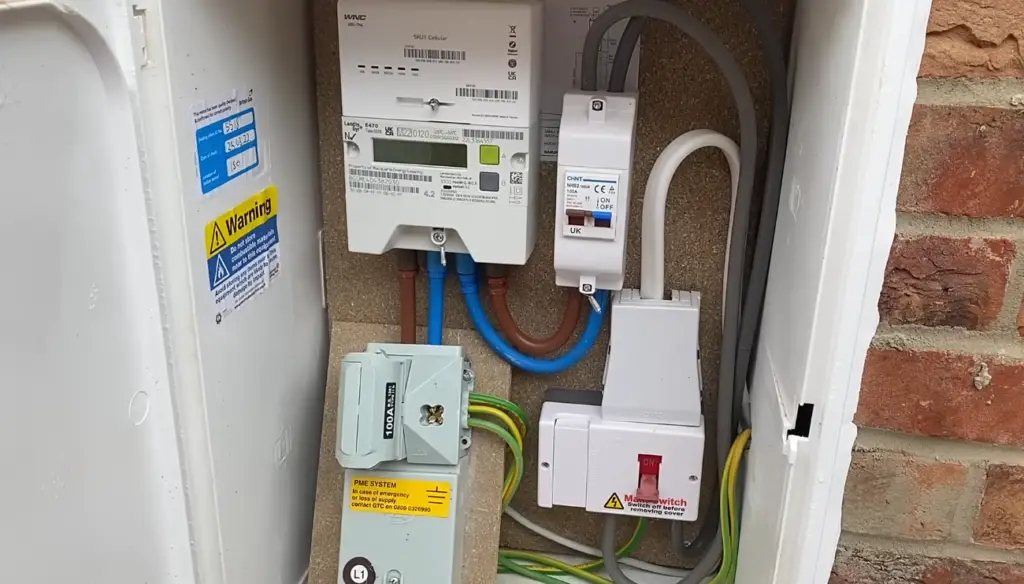
Furthermore, adhering to the NEC can reduce costs associated with installation or repairs as well as potential litigation expenses due to any non-conformance issues. By following codes right from the start, contractors will incur fewer unexpected costs due to improper installations or outdated materials being used. This also helps improve productivity by streamlining projects since there is less need for rework or additional inspections.
All in all, following the NEC is essential to ensure safety and adherence to legal standards when installing and working with electrical systems. Adhering to this code can also provide additional benefits such as improved convenience, energy savings, cost reduction, and enhanced productivity. These are just a few of the reasons why understanding the NEC is so important for electricians and contractors. [2]
The History of the NEC
The National Electrical Code (NEC) is the most widely adopted safety code for electrical installation in the United States. The NEC is developed and maintained by the National Fire Protection Association, first published in 1897 as a way to reduce deaths and injuries caused by unsafe wiring practices. Since then, it has grown into an extensive set of rules and regulations that are updated every three years to reflect new technologies and best practices.
Today, electricians must be certified through state-level examinations, each based on a specific version of the NEC. This ensures that all workers have up-to-date knowledge about safe electrical wiring, layout, design, use of materials, etc. Additionally, many states require that any changes to existing buildings or construction of new structures must comply with current NEC standards. Therefore, it is important for electricians to stay abreast of any changes in the code.
The National Electrical Code is one of the most comprehensive and all-encompassing safety codes available, ensuring that electrical installations are safe and reliable. As technology advances, so do the regulations set forth by the NEC, constantly improving safety conditions for electricians and laypeople alike.
How Can You Stay Up-to-Date on the NEC?
The National Electrical Code (NEC) is a set of safety standards and guidelines that regulate the design, installation, and maintenance of electrical systems. It is developed and maintained by the National Fire Protection Association (NFPA). Staying up-to-date on this code is essential for electricians, contractors, engineers, inspectors, designers, installers, and other professionals who work with or oversee electrical projects.
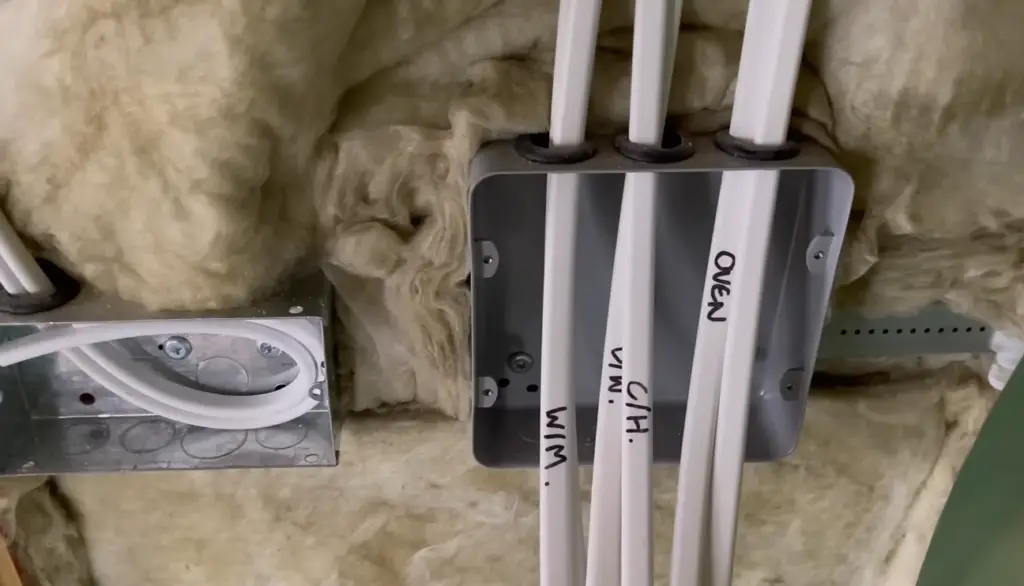
One way to stay informed about changes in the NEC is to attend conferences and seminars that provide updates on new codes and revisions. These can be offered as part of industry events or through professional organizations like the International Association of Electrical Inspectors or NFPA itself.
Another option is to read trade publications related to the electrical industry. These publications often include information about updates to the NEC, and can help you stay informed on changes in the code.
You could also consult with professionals who are knowledgeable about the NEC, such as experienced electricians or engineers. Many times these individuals will be able to advise you on any changes that have been made and how they could affect your work.
Finally, NFPA offers a variety of resources related to the NEC, which can help keep you up-to-date on revisions or amendments to the code. They offer online versions of their latest editions of the NEC book, as well as webinars and eLearning courses that can provide more detailed information about changes in the code.
What Is the Difference Between NEC and IEC?
The National Electrical Code (NEC) is an American standard that sets safety and installation requirements for electrical. The International Electrotechnical Commission (IEC) is a worldwide organization based in Switzerland that also develops standards for electrical systems. IEC standards provide more comprehensive guidance than the NEC, but are not specific to the US market. As a result, many installations globally follow IEC standards while US-based installations adhere to NEC guidelines.
Both organizations provide standards regarding design, construction, operation and maintenance of equipment used with electricity. This includes wiring methods and materials, grounding requirements and other regulations for safe operation of electrical systems in both residential and commercial applications. While some of their rules overlap, there are distinct differences between NEC and IEC standards that must be followed to ensure safety and compliance with local regulations. [3]
The NEC is a comprehensive code of regulations designed to protect people and property from hazards associated with the use of electricity. It outlines requirements for electrical installations, equipment, materials, and services used in residential, commercial and industrial applications. The NEC also provides guidance on proper wiring methods, protection against electrical shock or fire, as well as specific instructions for overcurrent devices used to prevent overloads.
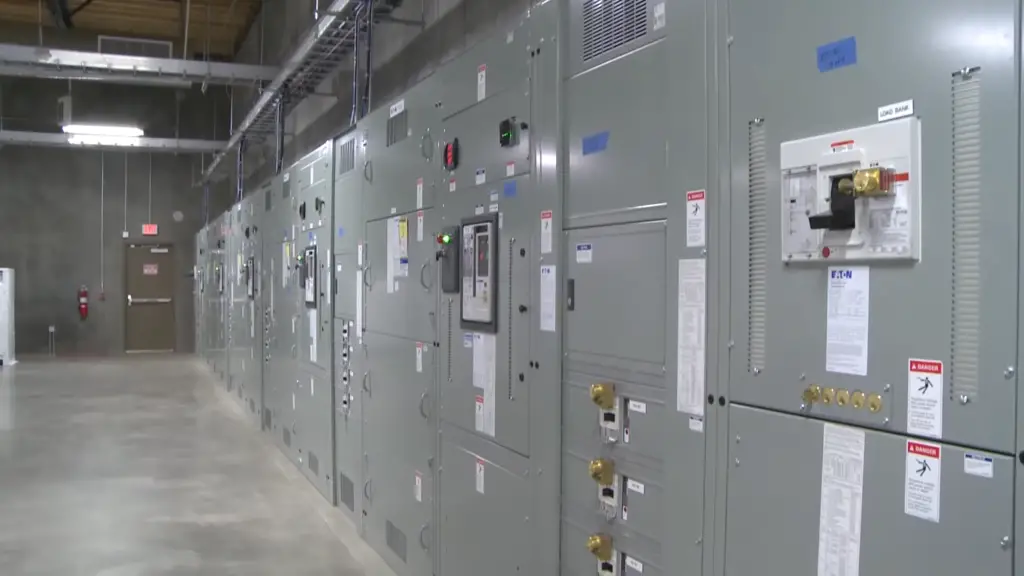
In contrast, IEC standards are more generic than the NEC as they do not take into account the regional market differences between countries such as those concerning infrastructure availability. Additionally, IEC standards cover a broader range of topics that include other types of technology besides electricity.
What is National Electrical Code Class 1?
National Electrical Code (NEC) Class 1 is a term used to describe the installation of electrical wiring and equipment in locations where any abnormal conditions are unlikely to occur. NEC Class 1 installations are typically found in residential or low-risk commercial applications. All wiring, outlets, and devices must meet the requirements of the National Electrical Code as well as local codes for safety purposes. These regulations include requirements such as proper spacing and clearances between wires, using approved materials for conduit, using approved enclosures for junction boxes, and more. In addition to these physical requirements, NEC Class 1 also requires that special operations be performed by qualified personnel on all connections, including grounding electrodes and surge protection devices. [5]
By following these regulations closely, electricians can ensure that all electrical systems are safe and up to code. It is important to note that NEC Class 1 is only applicable in locations where abnormal conditions such as lightning strikes, nearby flooding, or other hazardous events are unlikely to occur. For more hazardous locations, such as commercial buildings or industrial settings, higher levels of protection (such as NEC Class 2 or 3 installations) may be required.
Ultimately, NEC Class 1 installations provide a safe and effective way of wiring homes and small businesses while meeting the safety requirements outlined by the National Electrical Code. Electricians must ensure they understand these requirements before beginning any installation work so that their customers remain safe from electrical hazards. [6]
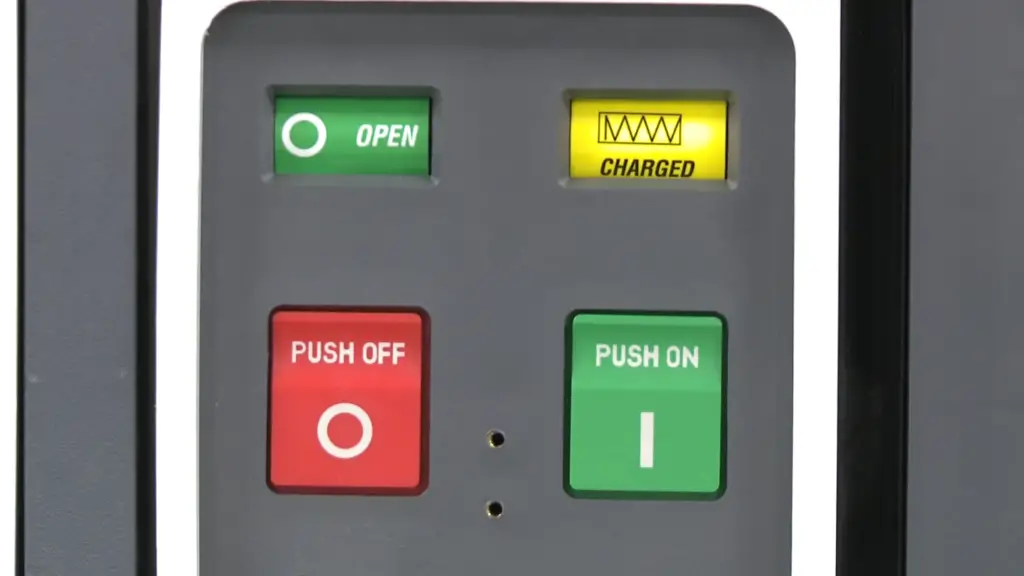
FAQ
What is the NEC National Electrical Code?
The National Electrical Code (NEC) is a set of standards for the safe installation of electrical wiring and equipment in the United States. It is published by the National Fire Protection Association (NFPA) and updated every three years. The NEC is widely used by electricians, engineers, architects, builders, and local authorities to ensure safety in all types of electrical installations. It provides requirements for equipment protection, grounding and bonding, wiring methods, circuit protection, overcurrent protection devices, special occupancies such as swimming pools and spas, hazardous locations such as areas with flammable liquids or gases, communications systems such as fire alarm systems and other important items. Adherence to this code helps prevent fires caused by faulty electrical installations and ensures safe operation of all electrical systems.
What is the NEC in electrical equipment?
The National Electrical Code (NEC) is a set of safety standards for the installation and maintenance of electrical equipment. It is widely used in the construction and operation of residential, commercial, industrial and institutional buildings. The NEC provides requirements for the safe installation of wiring, fixtures, appliances and other electrical devices in order to protect people from fire or shock hazards. Compliance with these standards is required by most local building codes in the United States. By adhering to the NEC’s guidelines, electricians can ensure that their work meets applicable safety regulations.
What is different about the National Electrical Code?
The NEC is updated periodically to reflect the latest innovations in technology, materials and safety protocols. While other electrical codes may exist on a local or state level, the NEC is recognized as the national standard for electrical installations. As such, it’s important for electricians to be well-versed in the most recent version of the NEC so that they can accurately understand what needs to be done when installing new systems.
What are some of the common requirements of the National Electrical Code?
The National Electrical Code outlines numerous requirements across different types of installations and scenarios. Some of these include rules regarding clearance distances from combustible materials, equipment grounding wiring methods, identifying circuits through labeling or color coding, testing procedures for grounding systems and more. It also provides guidance on specific wiring methods for different types of electrical installations, such as those involving combustible materials or hazardous locations. Adherence to these requirements is critical in order to ensure the safety of all occupants and users of the building.
What countries use the National Electrical Code?
The National Electrical Code (NEC) is used in the United States and its territories, including Puerto Rico. It is also adopted by many countries outside of the United States, such as Canada, Mexico, Saudi Arabia and Colombia. The NEC has been translated into Spanish, French, Portuguese and German for use in these countries. In some cases the country may adopt only certain parts of the code or make their own modifications depending on local regulations. Additionally, some military bases around the world use modified versions of it to meet their particular needs.
What is the NEC voltage limit?
The NEC voltage limit is 600 volts between conductors. This voltage limit includes the voltage drop that may occur in a circuit. Above this limit, special precautions must be taken to ensure safety when dealing with high-voltage systems. Special installation rules and equipment must also be used for any circuits above 600 volts. The NEC provides guidance on these installations as well as other requirements related to electrical work. In certain applications, such as hospitals, the voltage limits are even lower than the standard NEC rating. It is always important to follow local regulations and codes when undertaking any electrical work.
Does NEC apply to DC voltage?
The National Electrical Code (NEC) is a set of rules and regulations established by the National Fire Protection Association for the safe installation of electrical wiring and equipment in the United States. The NEC applies primarily to AC voltage systems, but there are exceptions that include limited coverage for DC voltage systems.
Section 710 covers the wiring requirements for appliances and other equipment that use direct current (DC). This section provides guidelines on the size or rating of conductors, overcurrent protection devices, enclosures, signs/labels, and grounding requirements for these installations. It also includes instructions on how to properly handle any hazardous locations. The NEC does not provide specific guidance for designing circuits with DC voltages; rather it provides general safety rules which should be followed when working with DC systems.
Useful Video: Understanding Codes and Standards – Overview and NEC Focus from Eaton’s Power Systems Experience Cen
Final Thoughts
The National Electrical Code is a set of standards for electrical wiring and equipment installation, and it has been updated regularly since its initial publication in 1897. The NEC helps to ensure that the public is safe from electricity-related hazards and fire risks due to incorrect installations or insufficient wiring. It provides guidance for installers on how best to mitigate these issues, providing a valuable resource for those involved in any sort of electrical work. While some states have adopted their own versions, the majority of the US follows the NEC as a national standard. By familiarizing yourself with this important document, you can help make sure your electrical system is up to code – and avoid costly fines!
References
- https://www.esfi.org/workplace-safety/industry-codes-regulations/the-national-electrical-code-nec/
- https://www.nfpa.org/codes-and-standards/all-codes-and-standards/list-of-codes-and-standards/detail?code=70
- https://neca-neis.org/safety-and-the-nec
- https://www.techtarget.com/searchdatacenter/definition/National-Electrical-Code-NEC
- https://spikeelectric.com/what-is-purpose-of-national-electrical-code-nfpa-70/
- https://www.awcwire.com/customersupport/techinfo/national-electric-code





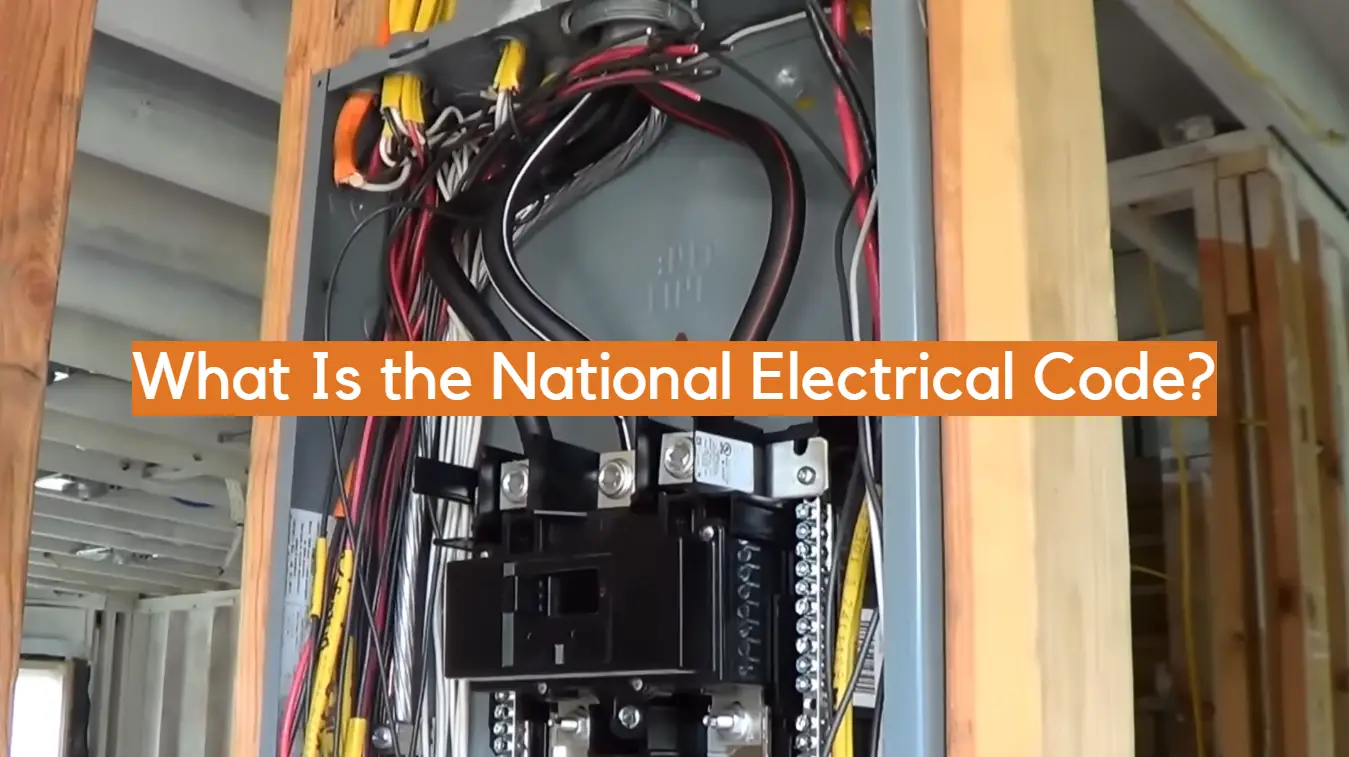





Leave a Reply